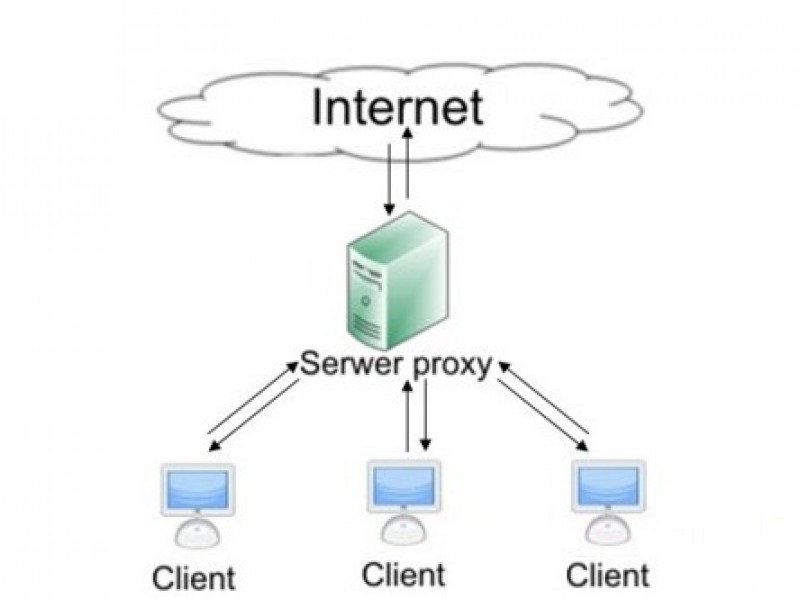When it comes to choosing the best port for your proxy server, there are a few things you need to take into account. What works well for one business may not be the best option for another. That’s why it’s important to understand the different ports and their uses before making a decision. In this blog post, we will discuss the top 5 ports for proxy servers and what makes them unique. We’ll also provide tips on how to choose the right one for your network.
What is a proxy server and what are its uses?
A proxy server is a computer that acts as an intermediary between a client and another server. A proxy server can be used to allow users on a private network to access resources on a public network, such as the Internet. It can also be used to improve security by encrypting traffic and hiding a user’s IP address.
There are many different types of proxy servers, and their uses can vary depending on the needs of the users and the network.
How to set up a proxy server on your computer or mobile device
There are a few things to consider when choosing which port to use for your proxy server. The most important factor is compatibility with the applications and devices you want to use with the proxy. Some applications only work with specific ports, so it’s important to choose a port that will work with all the devices and software you want to use.
By rerouting your traffic through a proxy, you can keep your identity and location hidden, access region-locked content, and even speed up your internet connection by avoiding congested servers.
The best port for a proxy server depending on your needs
There are many factors to consider when choosing the best port for your proxy server, including security, speed, and compatibility. In this article, we’ll explore the top 5 ports for proxy servers and help you choose the right one for your needs.
1. Port 80
Port 80 is the most commonly used port for web traffic. It’s compatible with all major browsers and is typically the fastest option. However, because it’s so widely used, it’s also one of the most vulnerable to attacks.
2. Port 3128
Port 3128 is a common port for Squid, a popular open-source proxy server. It’s compatible with all major browsers and is typically faster than port 80.
How to change the port number on your proxy server
The port number on your proxy server is the door that Internet traffic enters when it arrives at your proxy server. By default, most proxies use port 8080. That said, there are a number of other ports that can be used for proxies, and the choice of which one to use depends on a number of factors. Let’s take a look at the top 5 ports for proxy servers, and see which one is right for your network.
Troubleshooting tips for common issues with proxy servers
If you’re having trouble connecting to a proxy server, there are a few things you can check. First, make sure that the proxy server is online and available. Second, check your network settings to ensure that the proxy server’s IP address and port are correct. Finally, try restarting your web browser or other software that is using the proxy server.

